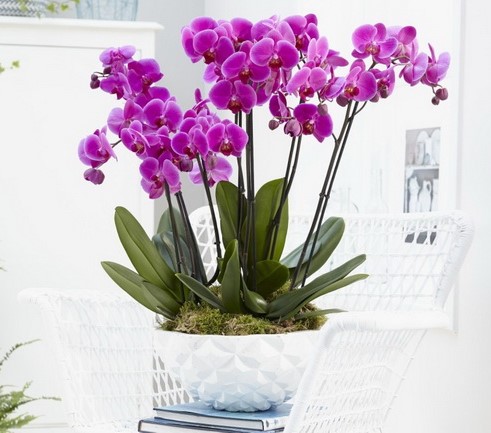Orchids are beautiful but can be delicate plants that require specific care to thrive. Here are six essential rules to help your orchid bloom again:

- Proper Watering: Orchids generally prefer to dry out between waterings. Overwatering can lead to root rot, while underwatering can cause dehydration. A good rule of thumb is to water orchids once a week, allowing the water to drain out completely. Always use lukewarm water and avoid getting water on the leaves or crown.
- Light Requirements: Orchids need bright, indirect light to bloom. Place them near a window with filtered sunlight or use a sheer curtain to diffuse direct sunlight. If the leaves turn yellow, it may be a sign of too much light, while dark green leaves indicate too little light.
- Temperature and Humidity: Orchids thrive in a warm environment with good air circulation. The ideal temperature range is between 65-75°F (18-24°C) during the day and slightly cooler at night. They also prefer high humidity levels, around 50-70%. You can increase humidity by placing a tray of water near the plant or using a humidifier.
- Fertilization: Orchids need regular feeding to support their growth and blooming. Use a balanced, water-soluble orchid fertilizer every 2-4 weeks during the growing season (spring and summer). Reduce fertilization in the fall and winter when the plant is not actively growing.
- Repotting: Orchids should be repotted every 1-2 years to provide fresh growing media and prevent root overcrowding. Use a well-draining orchid potting mix, such as bark or sphagnum moss, and choose a pot with good drainage. Repotting is best done after the plant has finished blooming.
- Pruning and Care: After blooming, prune the spent flower spike just above a node to encourage new growth and potentially more flowers. Remove any dead or damaged leaves, and keep an eye out for pests like aphids or spider mites, treating them promptly if found.
By following these care tips, you can help ensure your orchid remains healthy and blooms beautifully.

